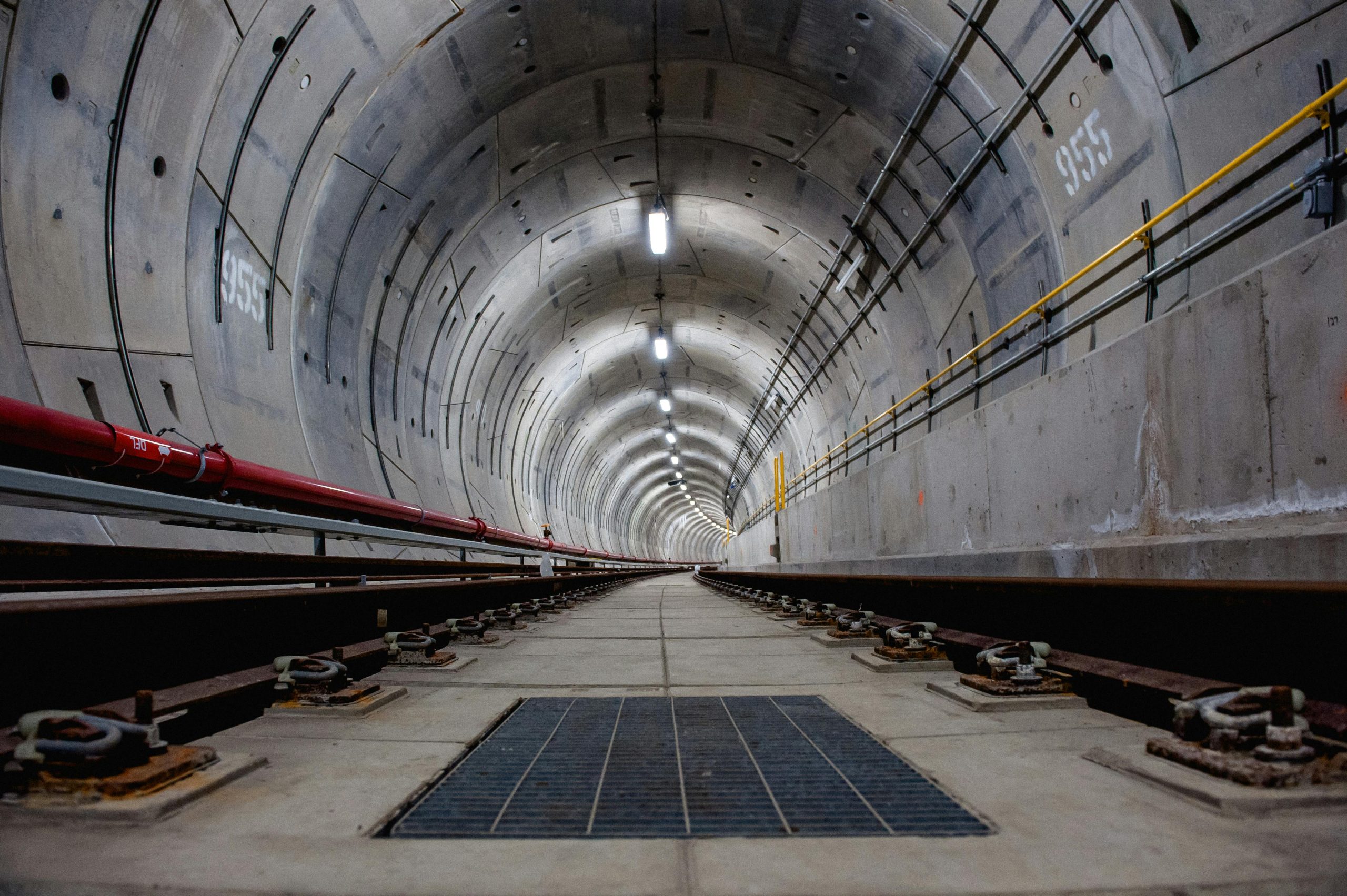The Rising Tensions with China: Understanding the Economic Shifts
In light of escalating tensions between the United States and China, a significant shift in economic policy has emerged. The recently implemented high tariffs on Chinese goods serve as a strategic maneuver in what some experts are interpreting as a methodical de-coupling of the two economies. This process could be seen as a preemptive measure before hostilities potentially escalate.
While it is evident that these tariffs are exerting pressure on both nations’ economies, proponents of this approach argue that it is a more measured alternative than an abrupt halt to trade. Such a drastic action would indeed generate far worse consequences should a more aggressive stance be required in the future.
Despite the gravity of this situation, it’s intriguing to note that mainstream media outlets have largely overlooked this perspective. With a flood of coverage on the implications of tariffs, one has to wonder: why isn’t there more discussion surrounding the potential economic motivations behind this policy?
It’s important to clarify that this analysis does not advocate for conflict; rather, it seeks to understand the underlying economic strategies at play amidst rising global tensions. As we navigate this complex landscape, it’s crucial to remain informed and consider all facets of international relations and economic policies.
As the situation develops, let’s keep an eye on how these economic tactics might influence future interactions between nations and the potential ramifications for global stability.



